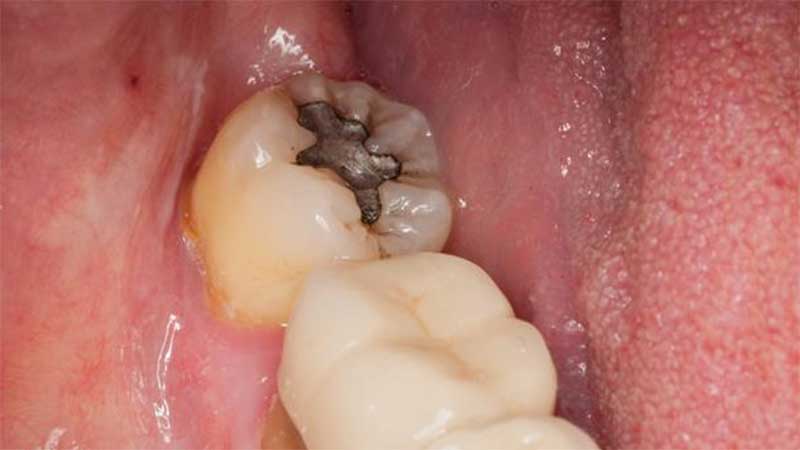Frequently Asked Questions About Amalgam Filling
What's in an amalgam filling?
What are the Harms of Amalgam Filling?
A minority of the general population, such as %1-2, are allergic to mercury and react to mercury from amalgam fillings. There are two types of reactions due to mercury allergy. The first of these, amalgam filling removal or eczema-like skin reactions that occur during placement and are very rare and can last up to 10 days. The other reaction occurs following corrosion, which releases amalgam contents such as metallic salts.
Corrosion products can cause legions in people with allergies, called "lichen planus", which manifests itself as a white line on the oral mucosa adjacent to the filling. The United Nations Public Health Service, in its report on the effects of amalgam fillings on human health as a result of its research, stated that amalgam restorations will not cause any serious health problems other than allergic reactions, which are very rare in humans, in case of exposure to mercury.
Amalgam Filling Restoration
Concerns about the danger of mercury vapor released by amalgam restoration continue in many European countries. In 1992, the Swedish National Health Board recommended the abandonment of the use of amalgam fillings in the country. Although the effect of mercury on human health is also important, the main reason for this recommendation is the fear that mercury from amalgam fillings may cause serious environmental pollution.
It focuses more on preventing waste from amalgam fillings from polluting the environment than on the impact of amalgam fillings on human health. According to research conducted in countries with a high level of development, waste mercury from amalgam fillings constitutes all mercury waste, while the main source of mercury waste in the sewage system of countries is industrial facilities.
In order to assist in the efforts to prevent environmental pollution caused by mercury, a convention called the "Minamata Convention on Mercury" was prepared in 2013 under the leadership of the United Nations Environment Program. The agreement, which includes a number of control and reduction measures for mercury-containing products and industry and their mercury-containing wastes until 2020, has been signed by 101 countries, including the Republic of Turkey, to date.
You may also want to undergo amalgam filling treatment or “What's in an amalgam filling??” If you are looking for an address to learn the answers to questions such as these, Clinical AFM is for you.

Leave a Reply